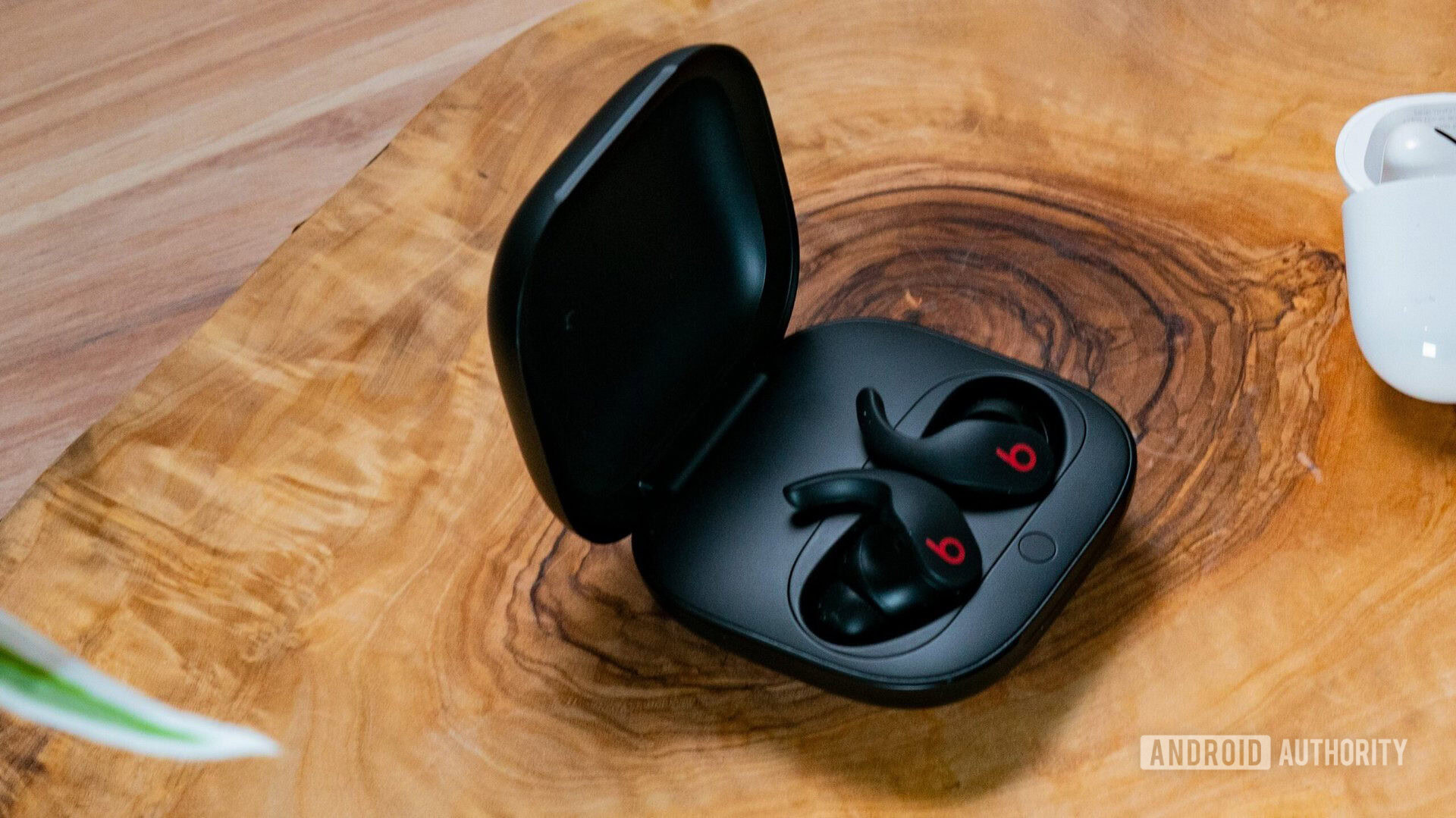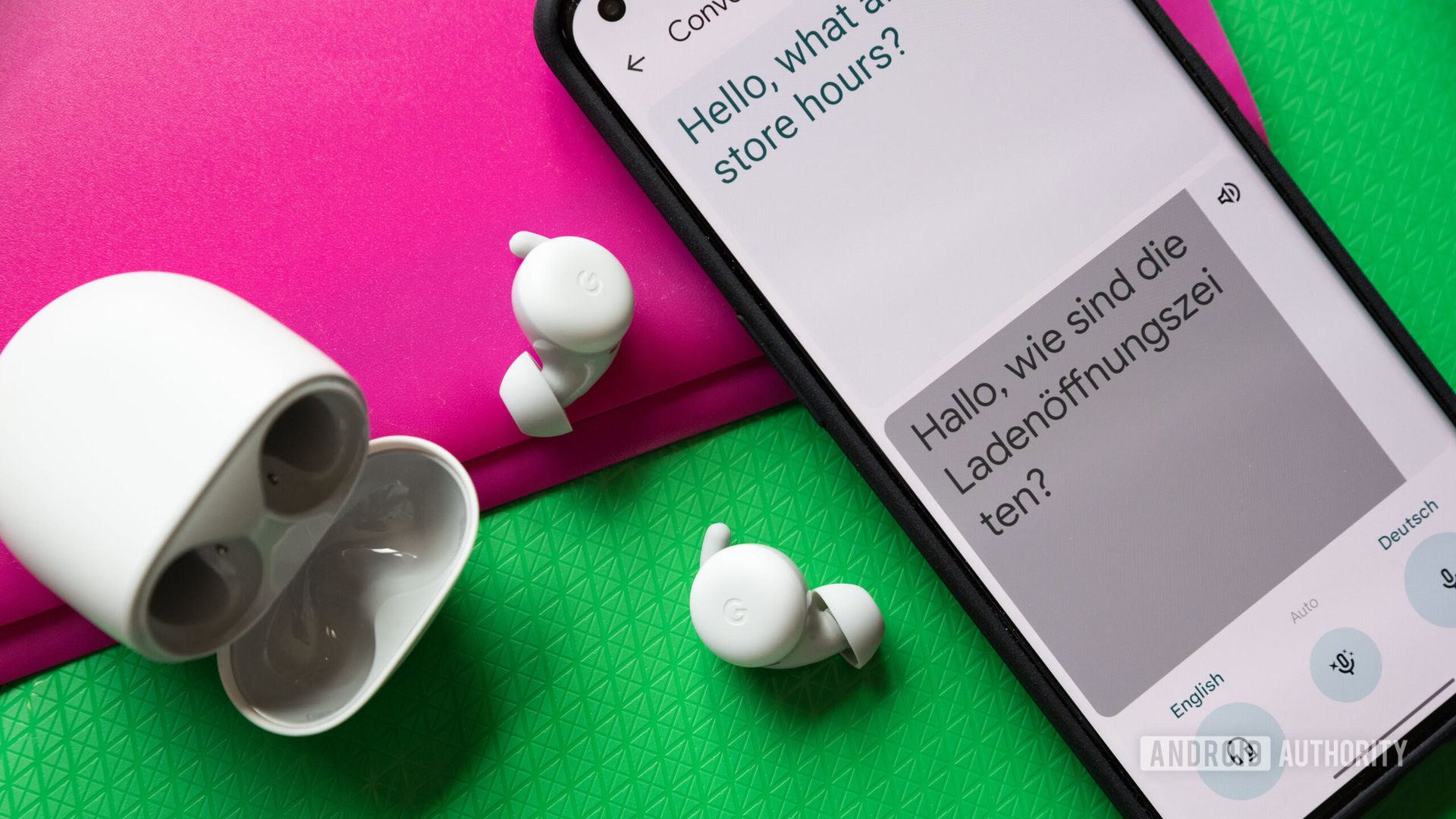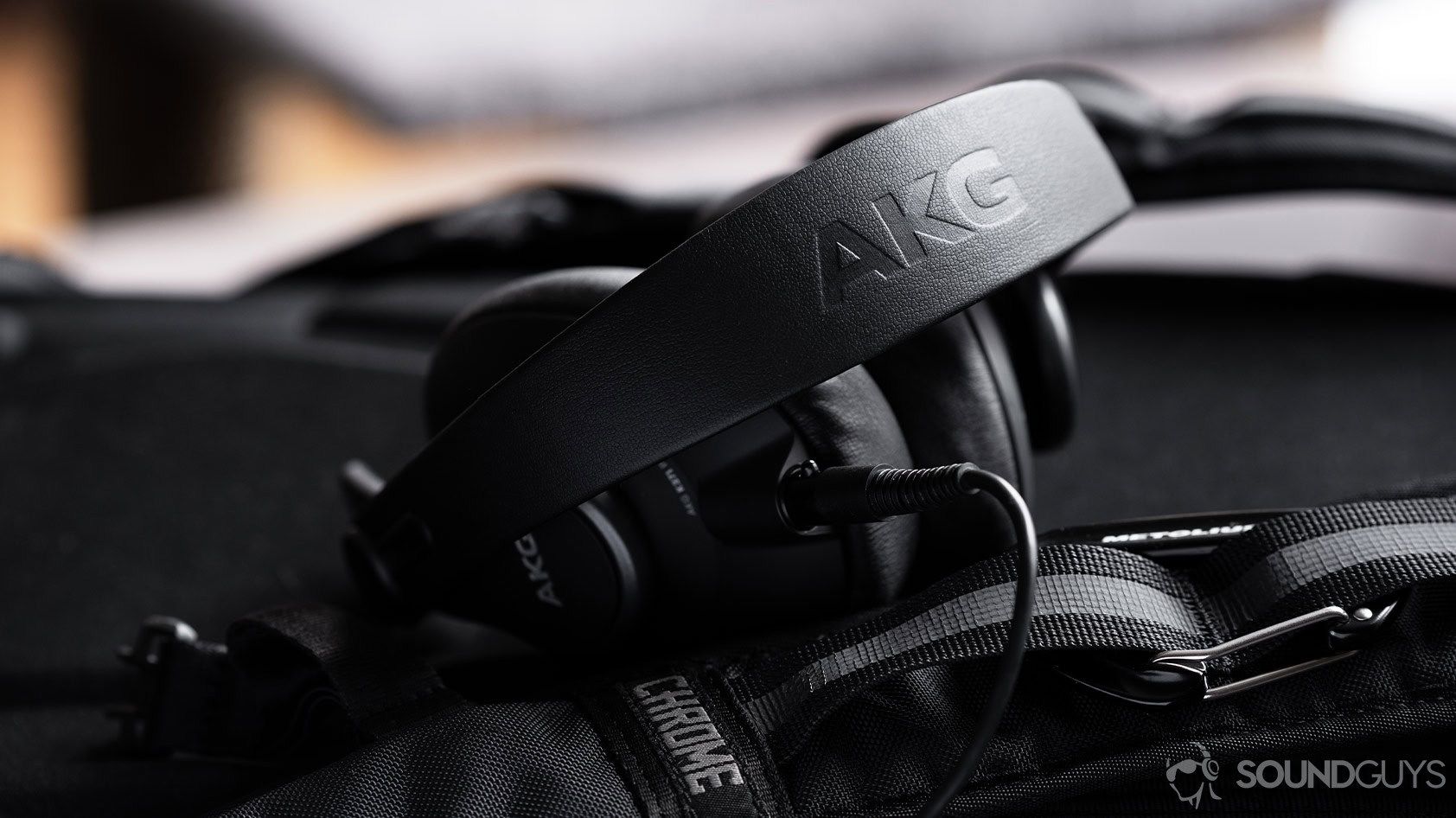Affiliate links on Android Authority may earn us a commission. Learn more.
Why do my headphones keep cutting out?

Headphones rarely stay rock-solid forever. One of the most common problems that develops is audio cut-outs, in no small part because there can be a variety of reasons why you’re encountering them. Thankfully, there are also potential fixes, at least in some scenarios. We’ll explore your options in this guide.
For the sake of clarity, we’re defining a cut-out as an interruption lasting no more than a few seconds — if audio is out for a minute or longer, you’ve probably got more serious trouble. We’re also including wireless earbuds under the “headphone” umbrella, even though some people might think of the latter as meaning over-the-ear products.
JUMP TO KEY SECTIONS
Why do my wireless Bluetooth headphones keep cutting out?

The most common cause, naturally, is an interruption in the Bluetooth signal, but there are actually three separate reasons that might be the case:
- Your headphones are too far away from your audio source. In theory Bluetooth 5.x connections can extend as far as 240 meters (under 800 feet), but both devices need to support 5.x to achieve that, and factors like obstacles can dramatically shrink real-world results. Devices with Bluetooth 4.2 or earlier can’t do any better than 60 meters (under 200 feet), and will more likely to be limited to 10 meters (about 33 feet).
- Obstacles are causing interference. Bluetooth utilizes UHF radio, so it’s entirely possible that obstacles are degrading your signal, for instance if you leave your phone on your couch while you listen in the kitchen. Metal, concrete, and other dense solids are a particular problem. In rare situations, you may have accidentally trapped yourself inside a Faraday cage.
- Other wireless devices are causing interference. If nearby wireless devices are operating in the same frequency range, they can sometimes wreak havoc. The chance is higher in places with a lot of wireless headphone users, such as a gym or train station.
There are other potential problems that aren’t related to connectivity, mind. It could be that your headphones are low on battery power, or that some sort of software or firmware glitch is affecting output.
In a worst-case scenario, there might be physical damage to your headphones, whether that means the Bluetooth module or something else. You can (usually) prevent this by avoiding hard impacts, and making sure you wear waterproof/sweatproof headphones when you exercise. Some models are merely sweat-resistant, or have no protection at all, and there’s a risk sweat will corrode electronics or short them out. Over-the-ear headphones are less vulnerable to this, but can also be uncomfortably hot and/or hard to keep in place during intense activity. No matter what, be sure to dry headphones after a workout or any exposure to liquids.
How to fix wireless headphone that are cutting out

Assuming everything’s charged and there isn’t physical damage, there are a few tactics you can try to reduce or eliminate cut-outs.
- Keep your audio source close by. If that source is your phone, keep it in your pocket or within a few feet. That can be more challenging at the gym, given the risk of damage from equipment, the lack of pockets on a lot gym clothes, and the tendency for phones to fall out even when pockets exist, but you can get around that by wearing an armband or keeping your gym bag with you.
- If you can’t move your audio source, try moving obstacles or changing your position in a room. The first part is self-explanatory, but sometimes, walking just a few feet can open up a signal path. Experiment until cut-outs stop or you’ve run out of places to go.
- Shut off unused Bluetooth devices. If you’ve got multiple Bluetooth devices around you, switch them (or their Bluetooth radios) off to see if that makes a difference.
- Check for software or firmware updates. Bugfixes can sometimes resolve audio issues. Be sure to update the OS on your audio source, any apps you’re using, and (if possible) the firmware on your headphones.
- Reboot, power-cycle, or reset one or more of your devices. On the chance there’s an unsolved software glitch, you might be able to get around it by rebooting your audio source, or powering it down and back on again. You might also try turning your headphones off and on, or force-quitting the apps you’re streaming from. If none of these things have had an effect, you might try doing a factory reset of your headphones. Reserve a factory reset of your audio source as a last resort, since that’s usually a lot more complicated.
- Check again for damage, then contact tech support. If you’ve already tried everything else, that could mean a defect, unseen damage, or a bug manufacturers aren’t aware of yet. Be vigilant so you can catch these before your warranty expires, and document your experience as thoroughly as possible. Note that liquid or accidental damage can often void a warranty.
Why do my wired headphones keep cutting out?

In the case of wired headphones, you can substitute Bluetooth signal problems with ones affecting your cable or 3.5mm/USB jack. We’ve got dedicated guides for repairing a headphone cable or diagnosing a malfunctioning jack. If your cable is at fault, it should be easy to swap in a new one if the old one isn’t hardwired.
Otherwise, while wired headphones aren’t subject to battery life limitations, there are some concerns shared with wireless models. There could be software or firmware bugs, or some sort of physical damage to the headphones themselves. Try some of the applicable troubleshooting steps from the previous section.
FAQs
Potentially, but probably not without a manufacturer’s help. Anything wrong with them is typically internal, and most models aren’t designed to be opened up. Even if you could open them, the components are miniaturized, and probably don’t have replacements available to the public.
Headphones based on Bluetooth 5.x have a range up to 240 meters (under 800 feet), although real-world distances tend to be smaller due to complicating factors. Models using Bluetooth 4.2 or earlier can’t do any better than 60 meters (under 200 feet), and will more likely to be limited to 10 meters (about 33 feet).
If you need to, you may be able to buy a Bluetooth extender/signal booster. They can be hard to find though, and some of them may have to be plugged into a wall outlet, which isn’t going to help if you’re pumping iron at the gym.